.jpg)
Artificial Intelligence (AI) has emerged as a world-tilting technology. It promises to solve some of the most intractable problems we face today- from tackling climate change to accurately diagnosing critical, life-threatening diseases. But did you ever realize that AI can be a game-changer when embedded into School Mapping systems? Researchers have used AI for the school mapping process where many schools are undocumented to connect children with schools. The United Nations Children's Fund's (UNICEF) Giga drive has made it challenging to map all schools worldwide. The challenge is magnified for low-income nations, which need more assets to know how and where they can connect children with schooling. Deploying AI has surmounted the challenge and helped to map over 23,000 schools from Kenya, Rwanda, Sierra Leone, Niger, Honduras, Ghana, Kazakhstan, and Uzbekistan.
The lowdown on School Mapping
School mapping is a way to estimate future education needs at the local level and determine what needs to be done to meet them. It's a micro-planning exercise, with the specificity that it tries to match supply and demand in education. School mapping isn't just an atlas showing where schools are. Having a map of schools is great, but it's only the first step. Spatial and demographic factors are incorporated into educational planning. School mapping can also ensure resources are distributed efficiently and fairly within and between school systems when they go through large-scale reforms or expansions. School mapping aims to align supply and demand for education by looking at the current situation alongside the available resources and estimating future needs.
.jpg)
How AI raises efficiency and accuracy in School Mapping
AI uses Machine Learning (ML), data mining, and predictive analytics to enhance school mapping. ML algorithms can analyze past data and generate predictive models for student enrollment, teacher-student ratios, and facility requirements. AI-based algorithms can predict student enrollment trends, helping schools anticipate future needs and allocate resources accordingly. Additionally, geospatial analysis combined with AI techniques can optimize transportation routes, ensuring efficient school bus services. AI's capability to analyze data can also aid in optimizing school facilities and infrastructure. By considering factors like classroom capacities, physical accessibility, and technology requirements, AI can provide insights into facility utilization and future infrastructure needs.
When providing quality education, disparities in educational opportunities among different communities can pose a significant challenge. However, AI can play a crucial role in addressing these disparities. AI algorithms can identify areas lacking educational opportunities by analyzing various data points such as socio-economic factors, student performance, and school resources.
.jpg)
How CSM Tech Revamped School Mapping in Ethiopia
CSM Tech developed an ingenuous GIS-based School Mapping solution for a World Bank-funded project in Ethiopia to garner information and geo location of all the registered schools in Ethiopia. The survey exercise also uses a mobile app to collect data from schools in disparate locations. Then, the authorities at the regional, zonal, and Woreda (lowest administrative unit) validate the collected data. Using school mapping as an input, the Federal Ministry of Education determines where, when, and what type of schools to build at Federal Level (City administration), Regional Education Bureaus, and Zonal and Woreda Education Offices. Using a graphic and visual web interface, it shows the distribution of primary and secondary schools and the state of education resources allocation.
The tool demarcates areas without schools, especially in poor, vulnerable, and remote areas and regions without enough classrooms to handle a high student population. It shows the distance to the closest school from a specific location and people's socio-economic status. The maps have layers and can be zoomed in and out based on various administrative units. In addition, it identifies potential channels of influence and partners for engagement in Ethiopia's education sector. In one year, the school mapping project mapped 35,000 schools across 10 regions of Ethiopia. This system helps identify gaps in school distribution and prioritize locations for future school construction. Moreover, this project has provided critical insights for changing schools in historically backward regions.
Given the right opportunity and ambience, CSM Tech would be keen to develop AI-powered school mapping systems. Concerns like data privacy and algorithmic discrimination in AI usage need to be set right. Addressing AI's limitations can make school mapping systems more equitable, efficient, and inclusive.










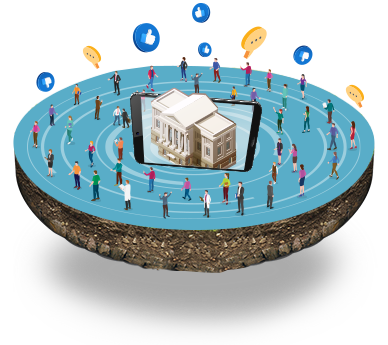

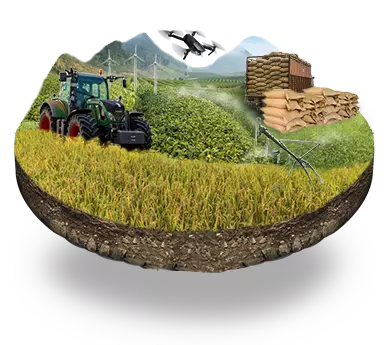









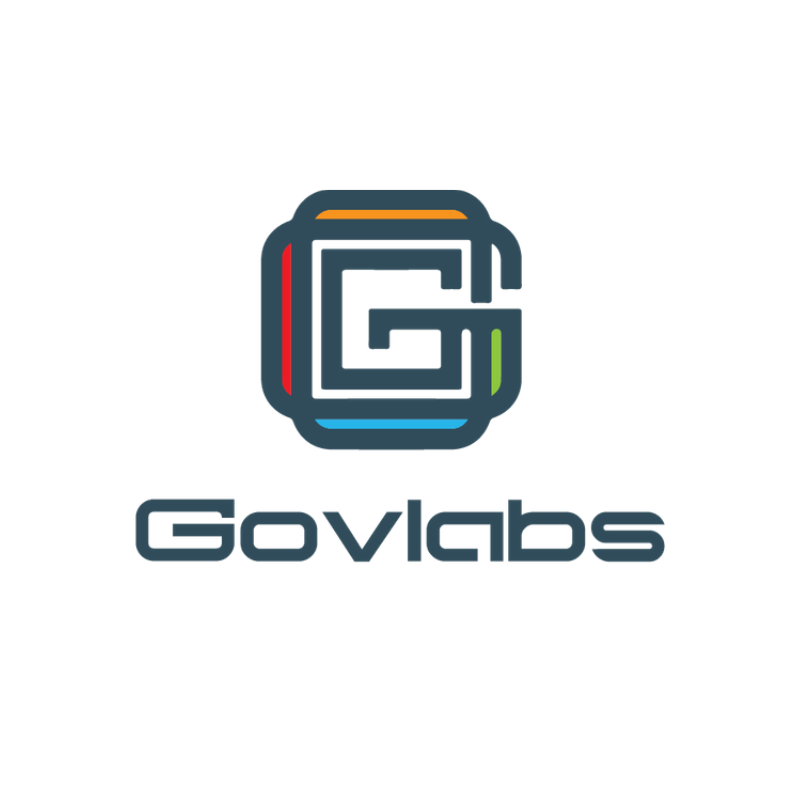
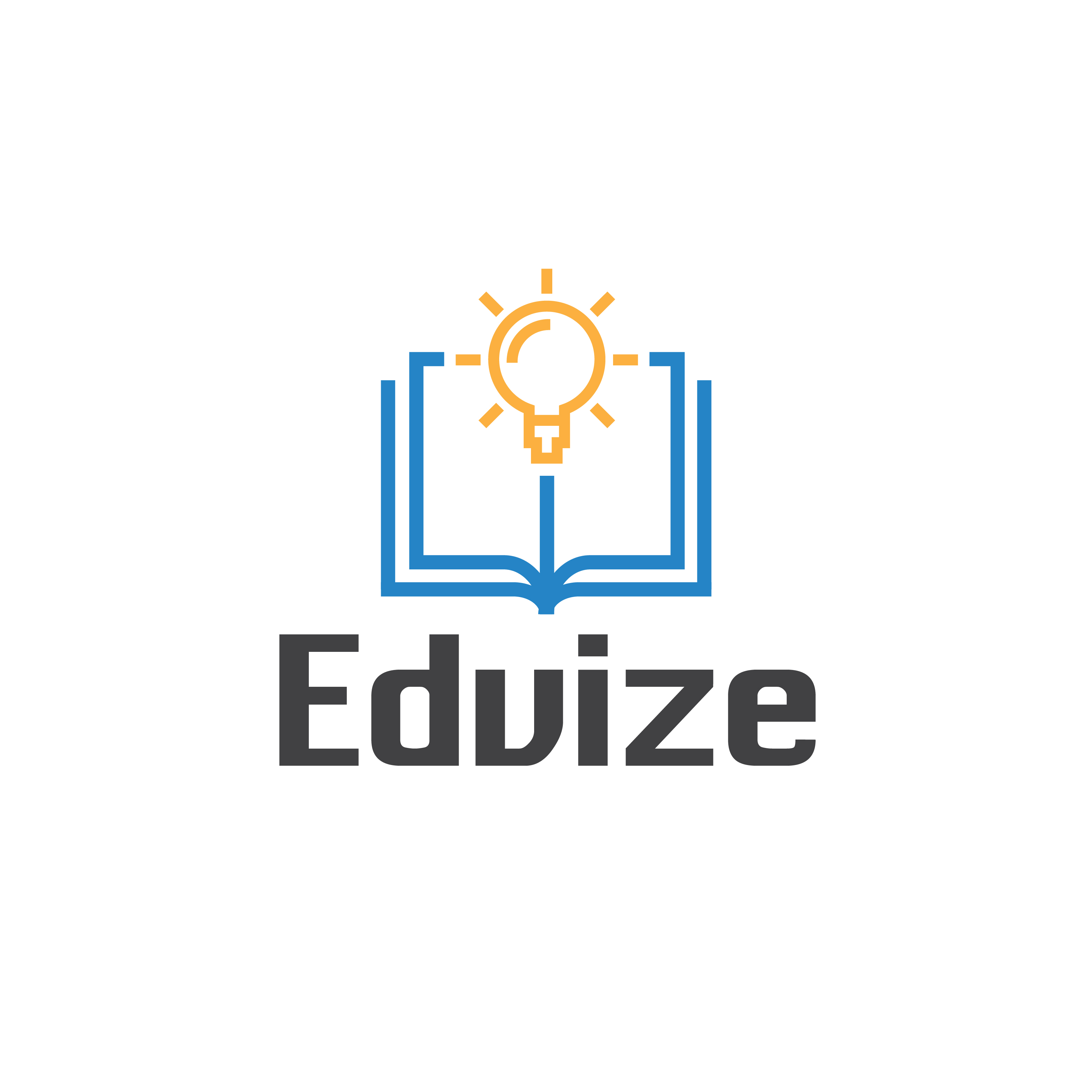


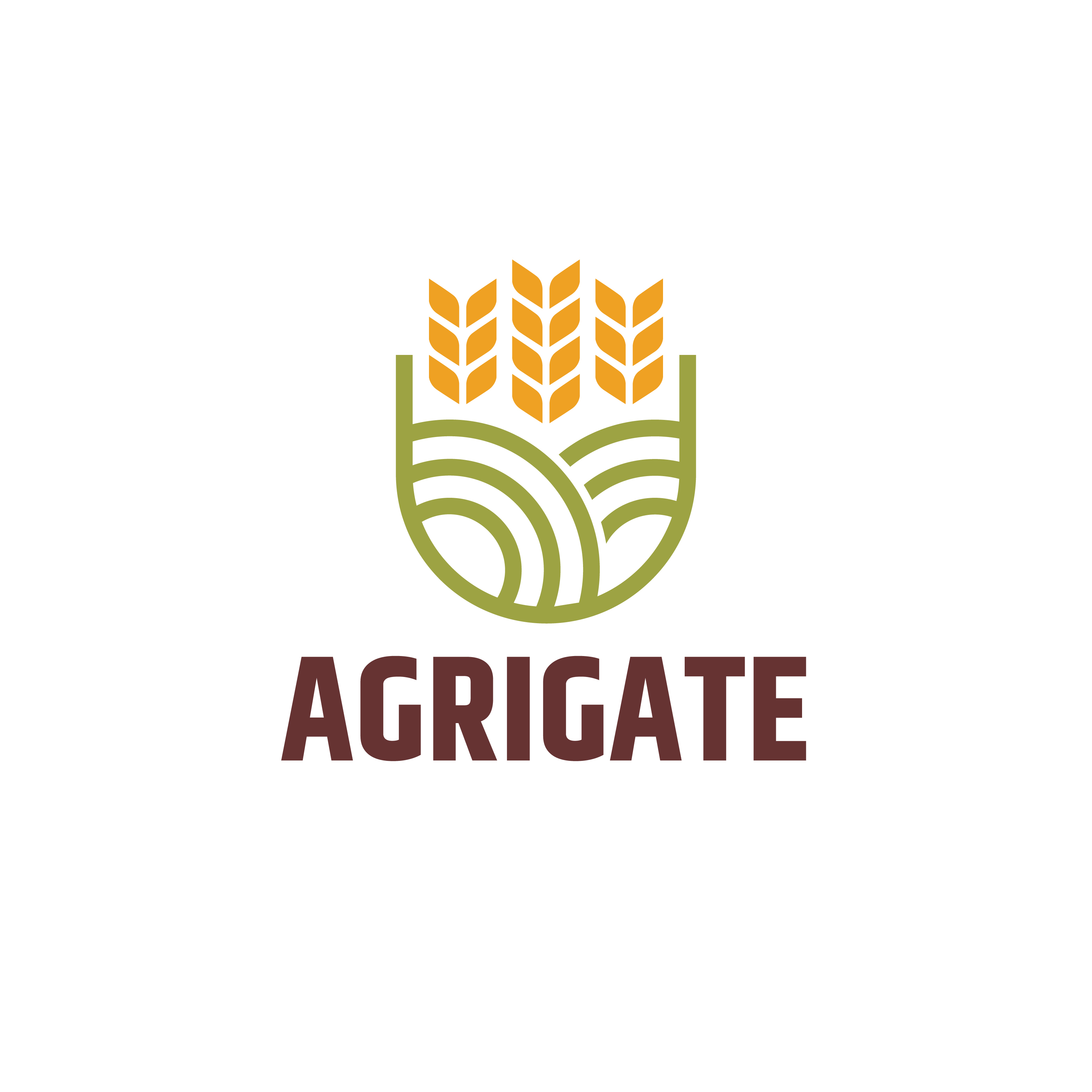































We will verify and publish your comment soon.